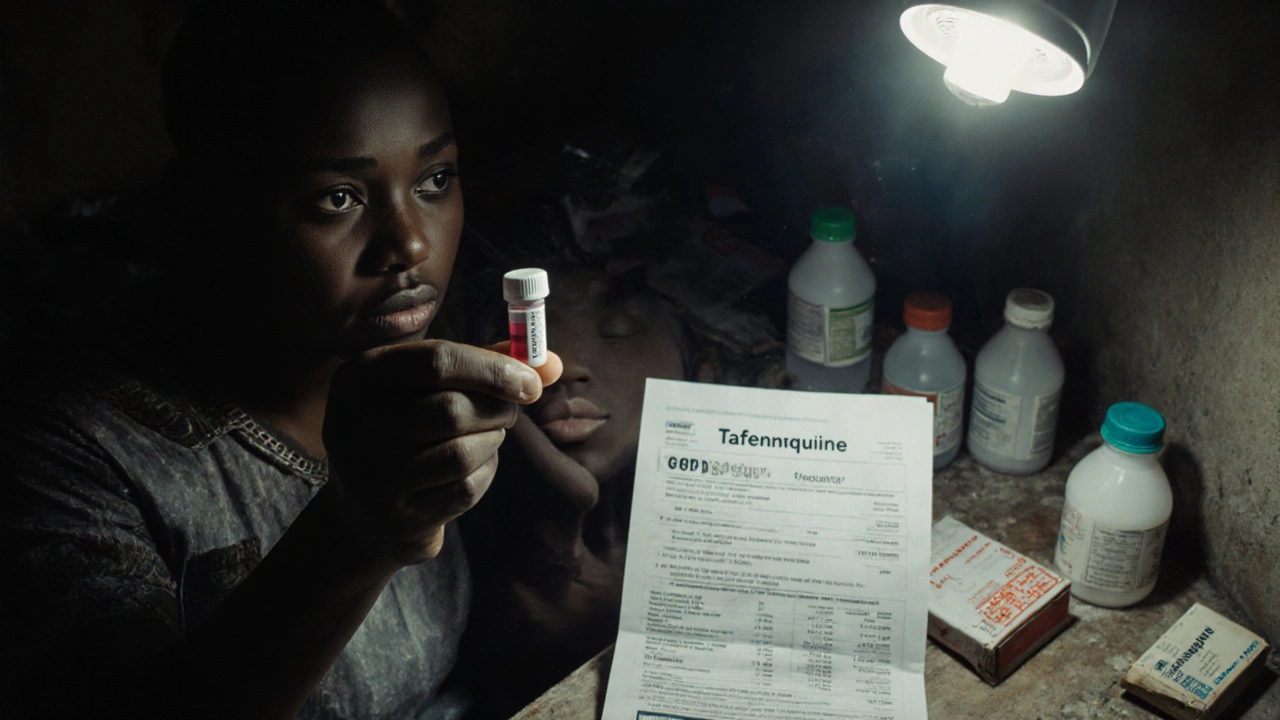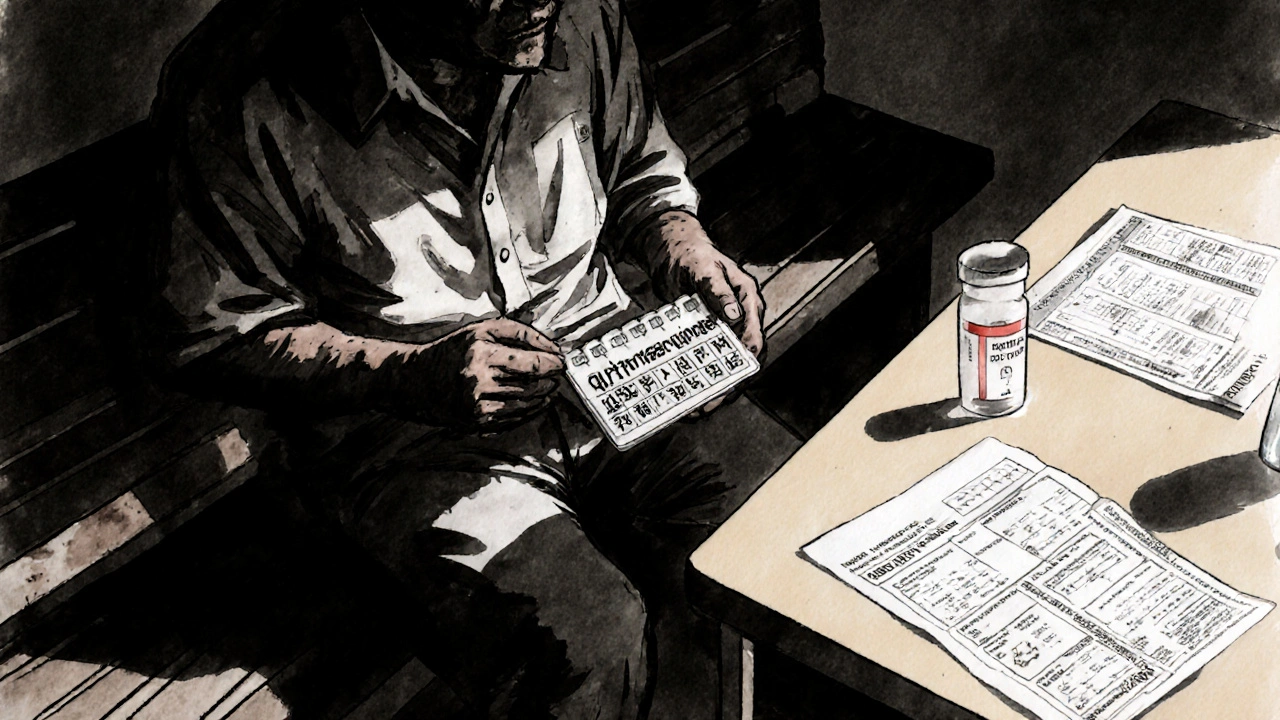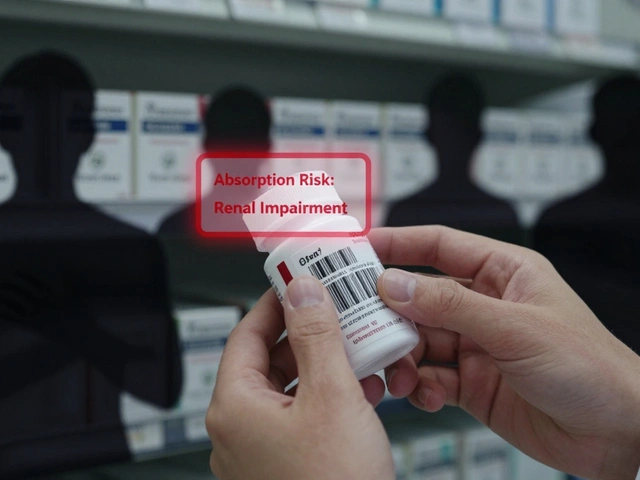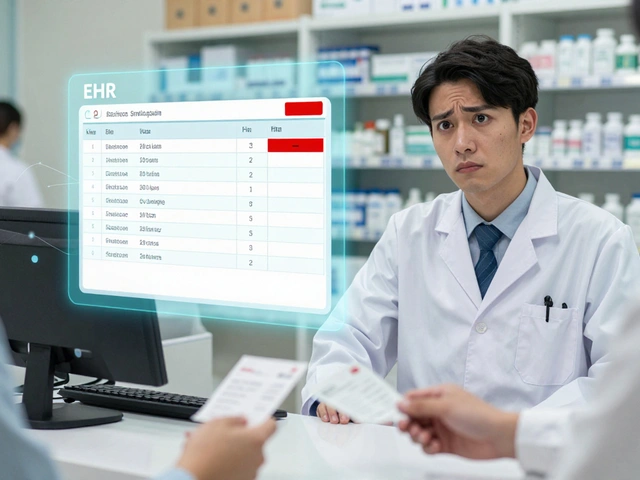Malaria Treatment Decision Tool
Choose the best treatment option for your situation
Select your health details above to see your treatment recommendation
Primaquine is one of the few drugs that can fully clear malaria parasites from the liver - making it essential for preventing relapses of Plasmodium vivax and Plasmodium ovale. But it’s not without risks. If you’re prescribed primaquine, you’re probably weighing it against other options. What if you can’t take it? What if you’re allergic? What if your doctor suggests something else? This isn’t just about picking a pill - it’s about choosing the right tool for your body and your situation.
Why Primaquine Matters
Most malaria treatments kill the parasites circulating in your blood. But P. vivax and P. ovale hide in your liver for weeks, months, even years. When they wake up, you get sick again. That’s called a relapse. Primaquine is the only widely available drug that kills these hidden parasites. Without it, you might feel fine for months - then suddenly have a fever, chills, and fatigue again.
It’s usually taken after a primary treatment like chloroquine or artemisinin-based therapy. The standard dose is 30 mg daily for 14 days. But it’s not simple. People with G6PD deficiency - a common genetic condition - can have severe red blood cell breakdown if they take it. That’s why testing for G6PD is required before starting primaquine in most countries.
Chloroquine: The Older Alternative
Chloroquine was the go-to for malaria treatment for decades. It kills blood-stage parasites and is still effective in areas where resistance hasn’t taken hold - like parts of Central America and the Middle East. But it does nothing for liver-stage parasites. That means if you have P. vivax and only take chloroquine, you’re likely to relapse.
Some doctors in low-resource settings still use chloroquine alone because primaquine isn’t available, or because G6PD testing isn’t feasible. But this isn’t a true alternative - it’s a partial fix. You’re treating the symptoms, not the root cause. Relapse rates without primaquine can hit 80% in some regions.
Artemisinin-Based Combination Therapies (ACTs)
ACTs like artemether-lumefantrine or artesunate-amodiaquine are now the global standard for treating uncomplicated P. falciparum malaria. They work fast, are highly effective, and have fewer side effects than older drugs. But like chloroquine, they don’t touch the liver stage. So even if you’re cured of your current infection, you’re not protected from a future relapse.
Some newer ACTs are being tested with low-dose primaquine added to the regimen to reduce transmission and prevent relapse. But in most places, ACTs are still used without primaquine - meaning the relapse risk remains. So if you’re traveling to a region where P. vivax is common, an ACT alone isn’t enough. You still need a radical cure.

Tafenoquine: The New Contender
Tafenoquine (brand name Krintafel) is the first real alternative to primaquine in over 60 years. Approved by the FDA in 2018, it’s a single-dose treatment for radical cure. One pill. Done.
It works the same way as primaquine - targeting the liver parasites - but lasts longer in the body. That means no 14-day course. It’s especially useful for travelers who might forget daily pills or can’t commit to two weeks of treatment.
But here’s the catch: tafenoquine has the same G6PD risk as primaquine. You still need testing. It’s also not recommended for pregnant women, breastfeeding mothers, or children under 16. And it’s significantly more expensive. In Australia, a single dose can cost over $200, while primaquine costs less than $20 for the full course.
For someone with confirmed G6PD normal and good access to healthcare, tafenoquine is a game-changer. For others, it’s out of reach.
Other Options: What’s on the Horizon?
There are no other approved drugs that match primaquine’s liver-stage action. But research is moving forward.
- Pyronaridine-artesunate: Used in Asia, this ACT has shown some activity against liver stages in trials, but not consistently enough to replace primaquine.
- MMV390048: A new compound in Phase 2 trials that targets both blood and liver stages. If successful, it could be a future replacement.
- Single-dose primaquine: Researchers are testing higher doses of primaquine in one go. Early results suggest it may be safe and effective for some people - but this isn’t standard yet.
For now, the only approved radical cures are primaquine and tafenoquine. Everything else is either incomplete or experimental.

Who Should Avoid Primaquine?
Primaquine isn’t for everyone. You should not take it if:
- You have G6PD deficiency (confirmed by blood test)
- You’re pregnant or planning to become pregnant
- You’re breastfeeding (it can pass into breast milk)
- You have a history of severe allergic reaction to 8-aminoquinolines
- You’re taking other drugs that affect liver metabolism, like certain antifungals or HIV meds
If you’re in one of these groups, your doctor may delay treatment until after pregnancy, or recommend tafenoquine if G6PD testing shows you’re safe. In rare cases where neither is an option, you may be monitored closely for relapse and treated again if symptoms return.
Real-World Decisions
Let’s say you’re a 32-year-old man who just returned from Papua New Guinea. You had a fever two weeks ago, tested positive for P. vivax, and took chloroquine. Now your doctor says you need primaquine.
You’re worried about side effects. You’ve heard it can cause nausea. You’re not sure about the G6PD test. What do you do?
Here’s the truth: The nausea from primaquine is usually mild and goes away after a few days. Taking it with food helps. The real risk isn’t the side effects - it’s skipping it. Without radical cure, you have a 60-80% chance of relapsing within six months. That means another hospital visit, more missed work, and another round of meds.
If you can’t get G6PD testing, your doctor might still prescribe primaquine at a lower dose (15 mg/day) with close follow-up. Some clinics in remote areas do this under supervision. It’s not ideal, but it’s better than doing nothing.
Or, if you can afford it and your G6PD status is known, tafenoquine gives you a one-time solution. No daily pills. No forgetting. Just one pill, one chance to be done with it.
Final Thoughts: No Perfect Choice, But a Clear Path
There’s no single best drug for everyone. Primaquine is cheap, effective, and proven - but requires testing and a long course. Tafenoquine is convenient and powerful - but expensive and still needs testing. Chloroquine and ACTs are good for the current infection - but leave you vulnerable to relapse.
The right choice depends on your health history, access to testing, cost, and ability to stick to a treatment plan. If you’ve had malaria before and relapsed, you know how disruptive it can be. That’s why getting the radical cure right matters more than ever.
Don’t skip the G6PD test. Don’t assume one pill is enough. And don’t let cost or inconvenience stop you from asking your doctor: "Is there a way to make sure this doesn’t come back?"
Can I take primaquine if I’m pregnant?
No. Primaquine is not safe during pregnancy. It can harm the developing fetus, especially in the first trimester. If you’re pregnant and have malaria, your doctor will use chloroquine or an ACT to treat the current infection, then delay radical cure until after delivery. You’ll be monitored closely for relapse symptoms.
What happens if I miss a dose of primaquine?
Missing one or two doses reduces the chance of fully clearing liver parasites. If you miss a day, take the missed dose as soon as you remember - unless it’s almost time for the next one. Don’t double up. If you miss more than two days, contact your doctor. You may need to restart the course or consider tafenoquine as an alternative.
Is tafenoquine better than primaquine?
It depends. Tafenoquine is better if you need a single-dose option and can afford it - and if you’ve tested negative for G6PD deficiency. Primaquine is better if cost is a barrier, you need to avoid higher doses, or you’re under 16. Neither is universally superior. The best choice is the one that fits your health, access, and lifestyle.
Can I buy primaquine over the counter?
No. Primaquine is a prescription-only medication in Australia and most countries. It’s not sold over the counter because of the risk of severe side effects in people with G6PD deficiency. Always get tested and get a prescription before taking it.
How do I know if I have G6PD deficiency?
A simple blood test called a G6PD enzyme assay can detect it. It’s quick, cheap, and widely available at hospitals and clinics. If you’re from a region where malaria is common - like Africa, Asia, or the Pacific - you’re more likely to have it. Ask your doctor for the test before starting primaquine or tafenoquine.











Megan Raines
30 Oct 2025 at 10:59So let me get this straight - we’ve got a drug that cures the ghost in your liver… but only if you pass a blood test, don’t mind taking 14 pills, and aren’t pregnant, poor, or allergic to common sense? Sounds like a villain origin story.